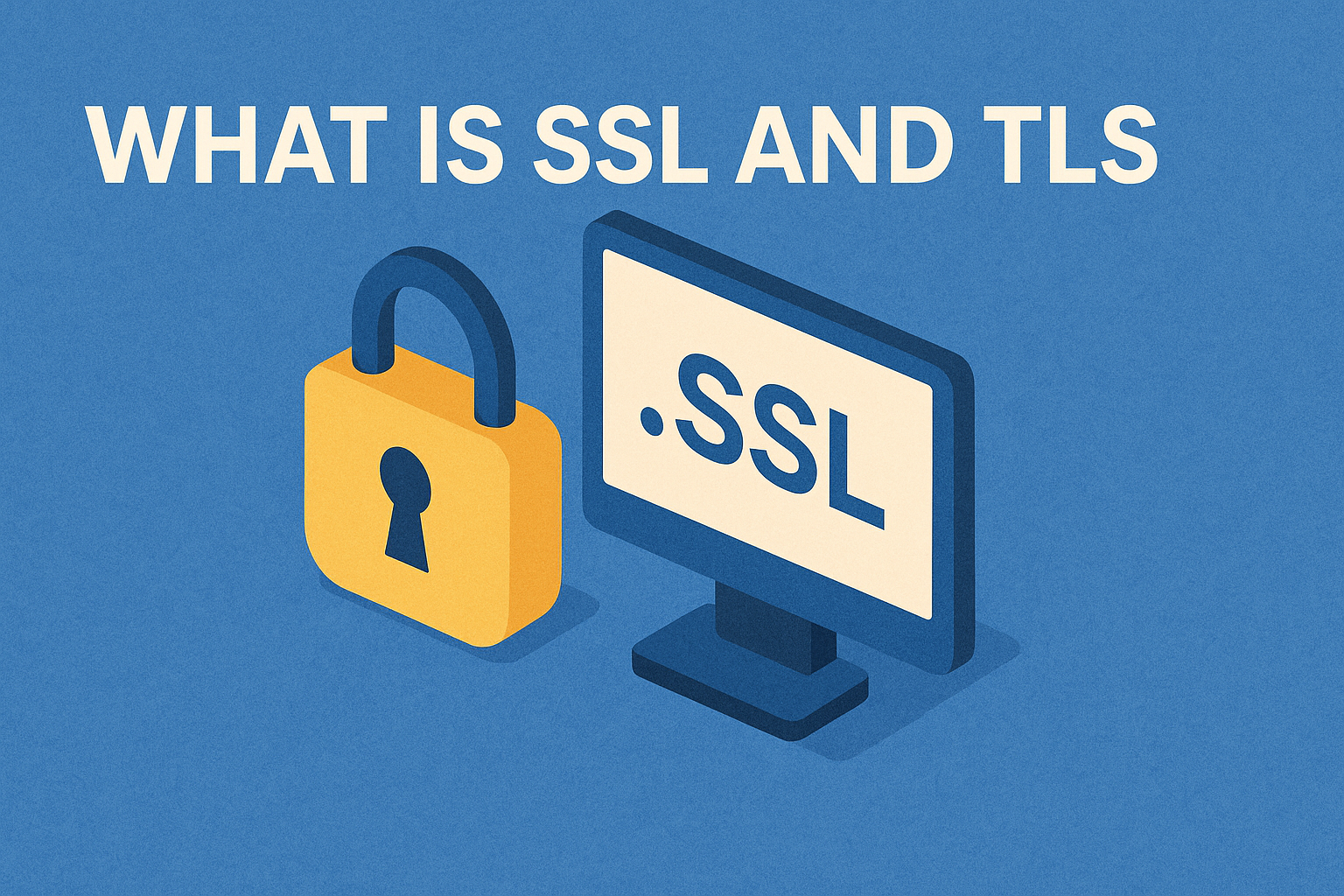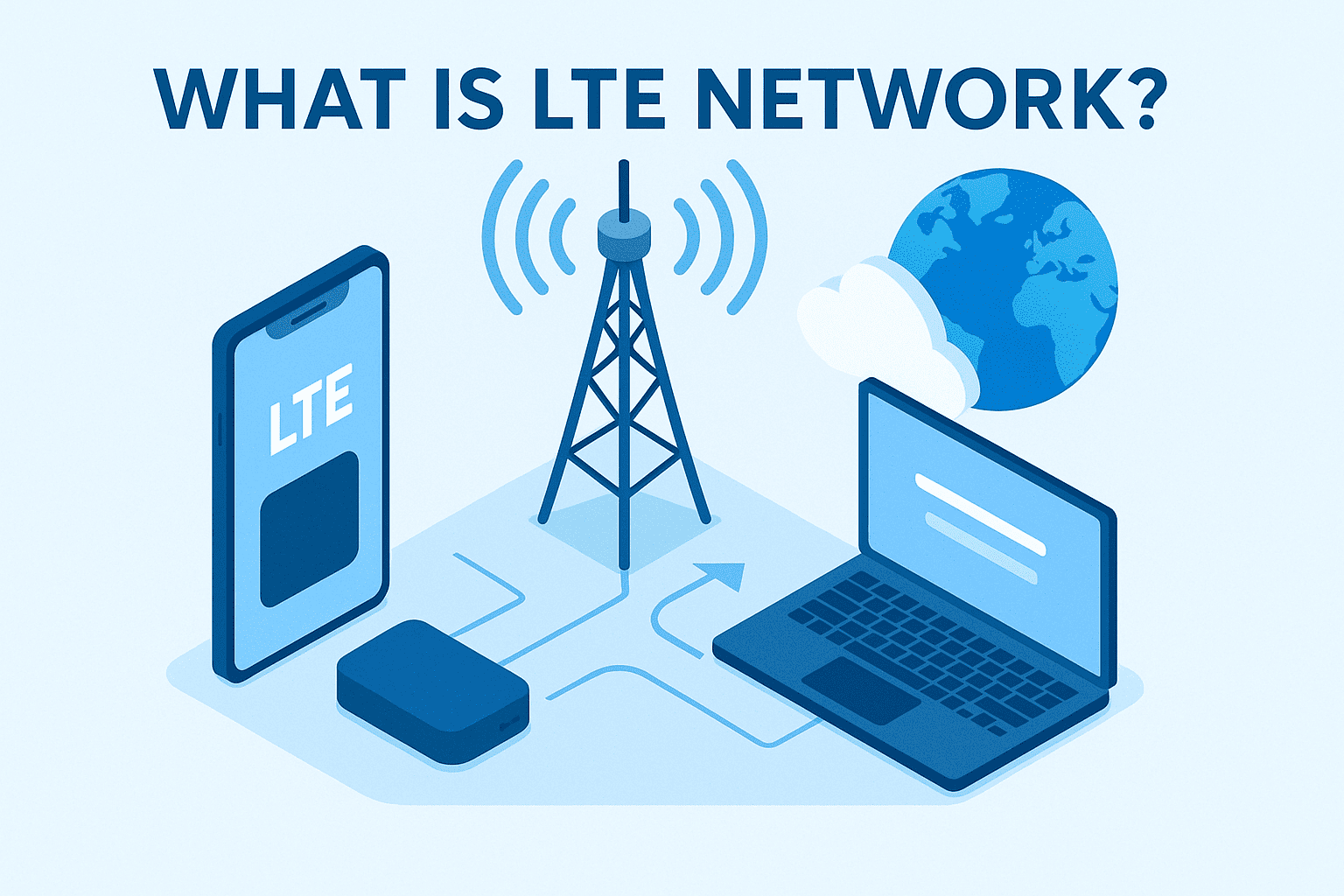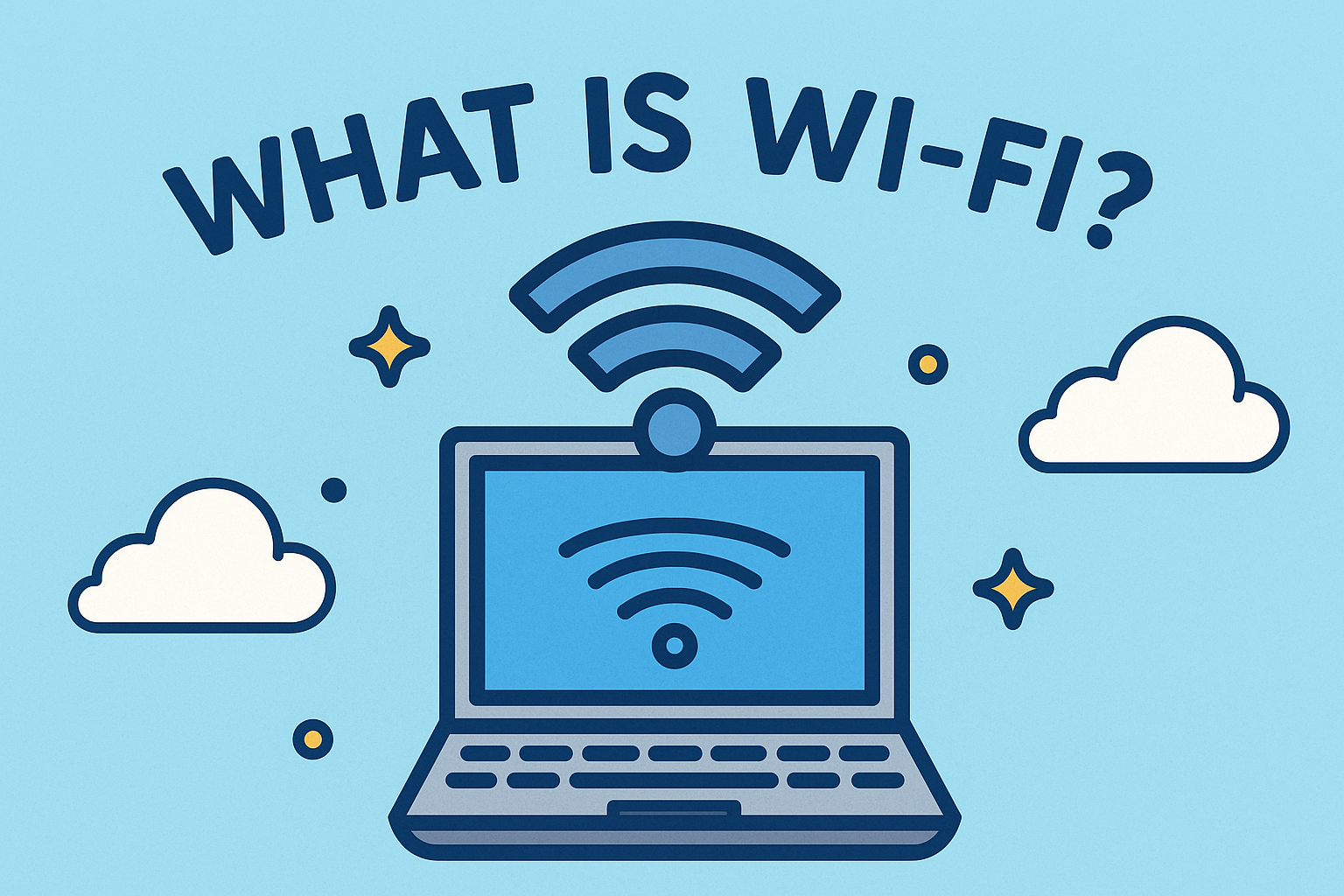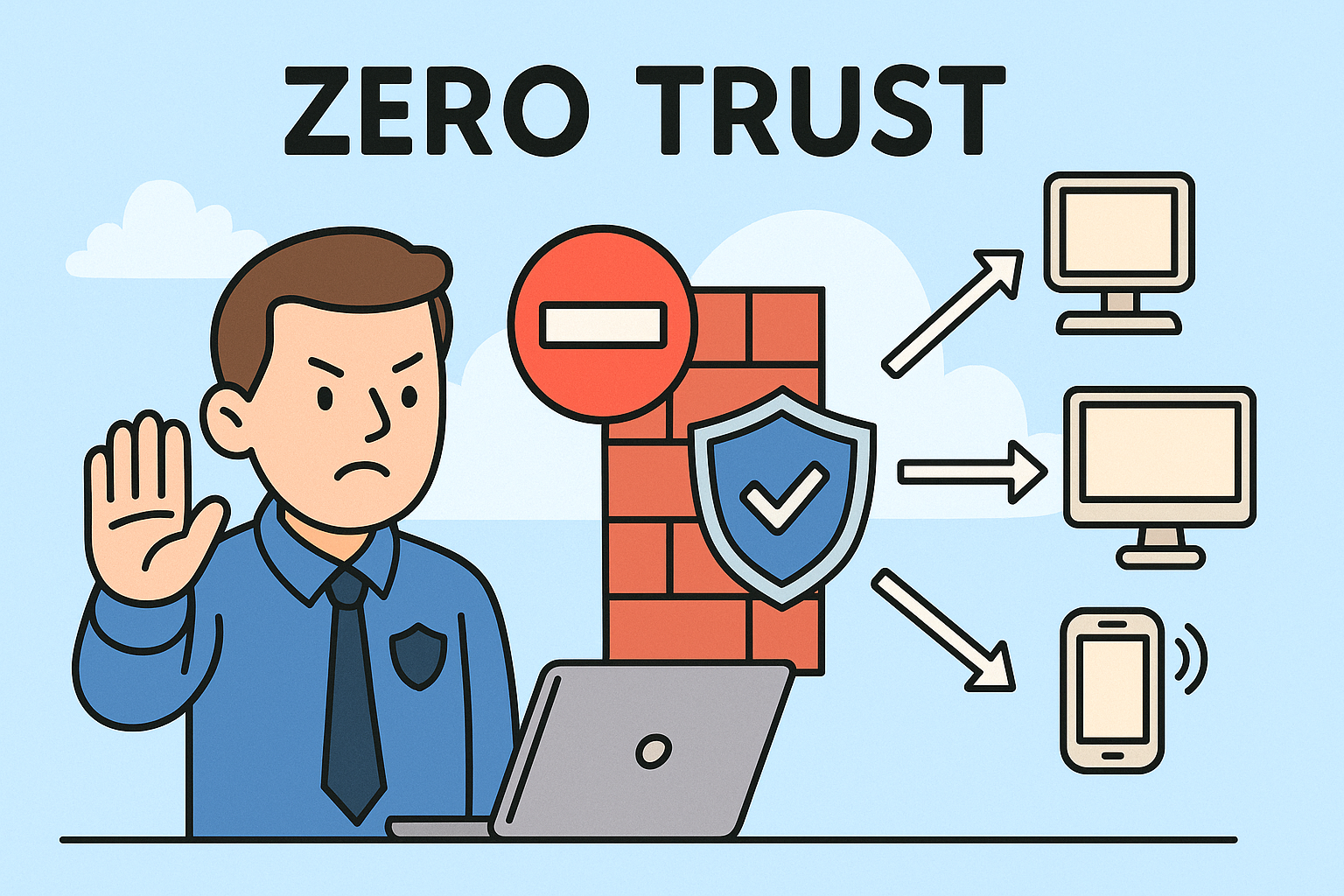What is a Subnet Mask: A Complete Guide for Networking & Cybersecurity Professionals
Updated on August 13, 2025, by Xcitium
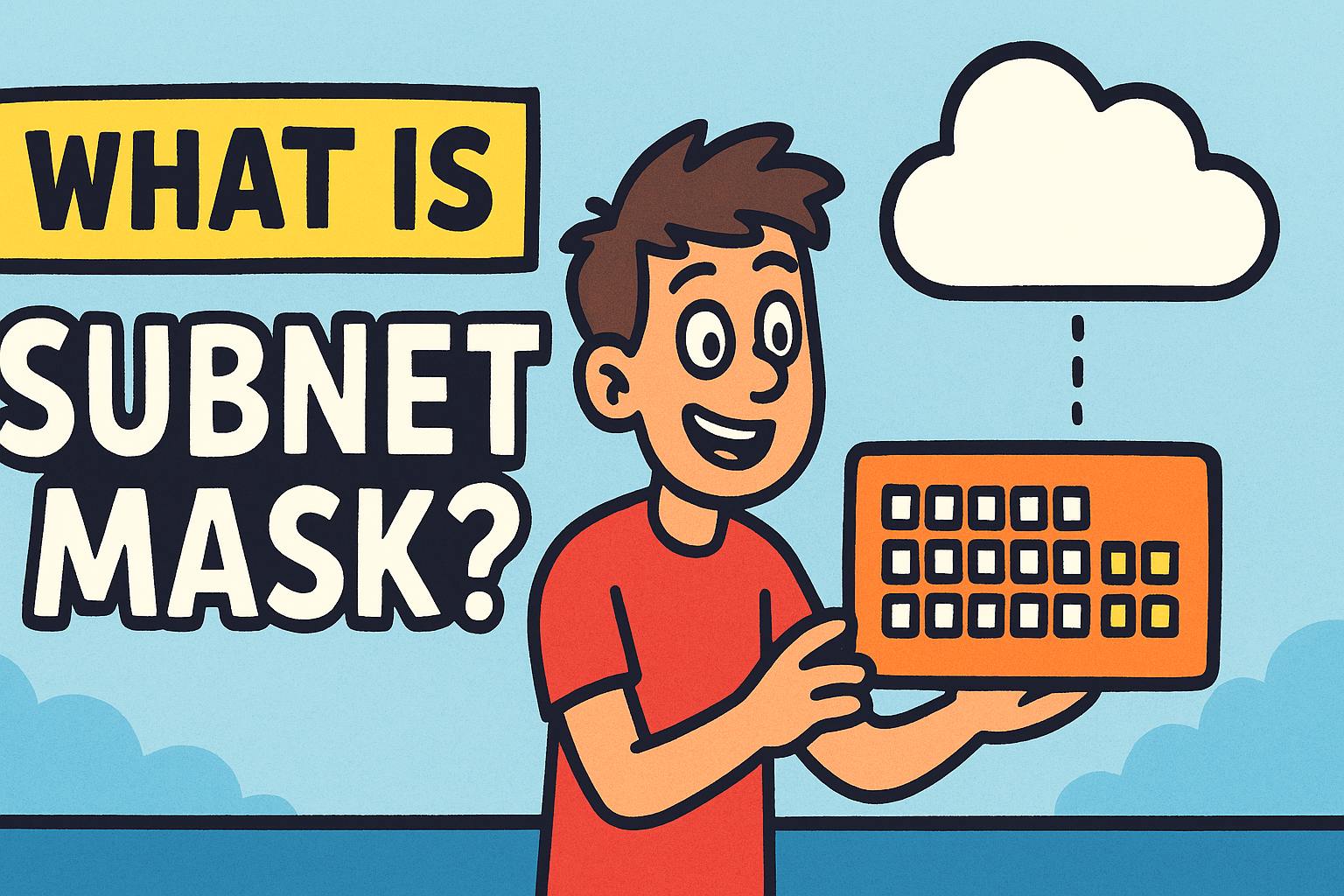
If you’ve ever managed a network, you’ve likely encountered the term what is a subnet mask. It might sound like an obscure technical concept, but in reality, subnet masks are critical for how devices communicate over a network. Whether you’re an IT manager, cybersecurity analyst, or network engineer, understanding subnet masks can help you improve network efficiency, security, and troubleshooting.
In this article, we’ll break down what a subnet mask is, how it works, why it’s important, and how you can use it to optimize your network.
What is a Subnet Mask?
A subnet mask is a 32-bit numerical value that divides an IP address into two parts:
- Network Portion – Identifies the network.
- Host Portion – Identifies the specific device within that network.
It works alongside an IP address to tell devices which part of the address refers to the network and which part refers to the host.
Example:
IP Address: 192.168.1.10
Subnet Mask: 255.255.255.0
Here, the 255.255.255 part represents the network, and .0 represents the host portion.
Why Do We Need Subnet Masks?
Subnet masks are crucial for:
- Efficient IP Allocation – Prevents wastage of IP addresses.
- Network Segmentation – Improves performance by dividing large networks into smaller ones.
- Enhanced Security – Limits the spread of cyber threats within subnet boundaries.
- Better Network Management – Helps with routing, monitoring, and troubleshooting.
How a Subnet Mask Works
When a device sends a packet of data, it uses the subnet mask to determine whether the destination IP address is within the same network or on a different one.
Process Overview:
- The IP address and subnet mask are compared using a bitwise AND operation.
- This reveals the network address.
- If the destination’s network address matches the source, the data is sent directly.
Otherwise, it is sent to a gateway or router.
Common Subnet Masks and Their Uses
| Subnet Mask | CIDR Notation | Hosts Available | Usage Example |
| 255.255.255.0 | /24 | 254 | Small office/home networks |
| 255.255.0.0 | /16 | 65,534 | Medium-sized networks |
| 255.0.0.0 | /8 | 16 million+ | Large corporate networks |
CIDR Notation Explained
CIDR (Classless Inter-Domain Routing) is a shorthand way of writing subnet masks.
Example:
192.168.1.10/24 → /24 means the first 24 bits are network bits, equivalent to 255.255.255.0.
How to Calculate a Subnet Mask
You can calculate subnet masks manually or use tools:
Steps for Manual Calculation:
- Determine how many networks you need.
- Calculate how many bits to borrow from the host portion.
- Convert those bits into decimal form for the mask.
Example:
- Need 4 networks from a /24 network → Borrow 2 bits → New mask: /26 (255.255.255.192).
Subnet Masks in Cybersecurity
In cybersecurity, subnet masks play a role in:
- Limiting Broadcast Traffic – Reducing attack surfaces.
- Network Isolation – Keeping sensitive systems separate.
- Incident Response – Containing breaches within a subnet.
Troubleshooting Common Subnet Issues
Issue 1: Incorrect Subnet Mask
- Fix: Verify configuration and match subnet with the rest of the network.
Issue 2: IP Conflicts
- Fix: Ensure each device has a unique host portion.
Issue 3: Slow Network Performance
- Fix: Reduce the number of hosts in a subnet to limit congestion.
FAQs on Subnet Masks
1. What is the difference between a subnet and a subnet mask?
A subnet is a segment of a network, while a subnet mask defines the network and host portions of an IP address.
2. Can two subnets have the same subnet mask?
Yes, multiple subnets can use the same mask if their IP ranges are different.
3. How do I find my subnet mask?
Use ipconfig in Windows or ifconfig in Linux/Mac.
4. Can I change my subnet mask?
Yes, but ensure it matches your network requirements; otherwise, connectivity issues may occur.
5. Is subnetting still relevant with IPv6?
Yes, but IPv6 uses prefix length instead of traditional masks.
Final Thoughts
Understanding what a subnet mask is is essential for network optimization, security, and scalability. Whether you manage a home lab or an enterprise network, proper subnetting can improve performance and reduce security risks.
Secure Your Network with Xcitium
Get advanced endpoint protection, network visibility, and security automation.
👉 Request a Free Demo



